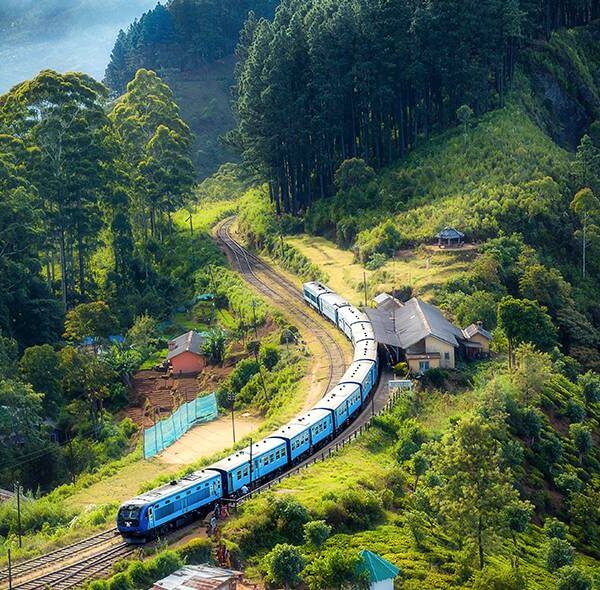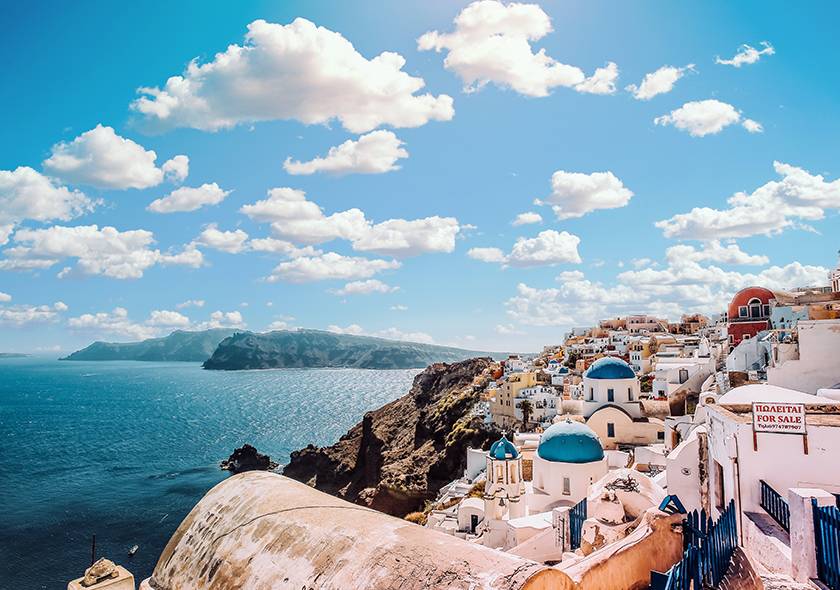Esztergom
Duration
Tour Type
Overview
Esztergom is a city in northern Hungary, 46 miles (29 kilometers) northwest of Budapest. It is
located in Komárom-Esztergom country, on the opposite bank of the Danube, which marks the county’s boundary with Slovakia. From the 10th century until the mid-13th century, when King Béla IV of Hungary relocated the royal seat to Buda, Esztergom was the center of Hungary. Esztergom is the former seat of Hungary’s Constitutional Court and the seat of the prmás (see Primate) of the Roman Catholic Church. The city includes a Christian Museum that houses Hungary’s greatest ecclesiastical collection. Esztergom Basilica, its cathedral, is the biggest church in Hungary.
The discovery and repair of the ruins of the rpád era palace were one of the most significant events of the 1930s. It once more placed Esztergom in the spotlight. Following WWII, Esztergom was left as one of the most badly damaged towns. However, rehabilitation gradually erased the signs of the war, with two of Esztergom’s most important traits acquiring significance: because of its location, it was the area’s cultural hub (It educated almost 8,000 students at primary, secondary, and college levels). However, as a result of local industrial growth, it has become an important foundation for the Hungarian equipment and materials sector. This city, with its stunning surroundings and countless memorials, a testament to Hungarian history’s hardships, is appreciated primarily by visitors interested in the past and art. However, the town appears to be regaining its political position in the country, and its structures and traditions are reviving.
Included/Exclude
- Pick and Drop Services
- 1 Meal Per Day
- Cruise Dinner & Music Event
- Visit 7 Best Places in the City With Group
- Additional Services
- Insurance
- Food & Drinks
- Tickets
Tour Plan
Esztergom Basilica
In many respects, Esztergom is significant in Hungary's history: it is the birthplace of the country's founder King, St. Stephen I, who elevated the town to the level of the archdiocese and established it as the center of the Catholic church in Hungary. Since then, the scenic Danube Bend town has evolved into an ecclesiastical and tourist destination. One of the most popular sites is the Esztergom Basilica, which stands at the highest point in the town. The 100-meter-high, Classical-style cathedral is one of Europe's biggest basilicas and Hungary's largest church. The structure, however, attracts not just with its facade, but also with its intriguing past.
The main facade of the Esztergom Basilica similarly faces east, as this was the only option to build the moderate slope to the entrance. As a result, unlike other churches, the sanctuary is located in the western half of the structure, facing the Danube. The building's dimensions–with the floor plan of the Greek Cross compel respect–worth it's getting lost in the massive colonnade, gazing at the stone coats of arms and sculptures. Spend some time exploring the interior of the massive edifice once you've visited the exterior. Individual and liturgical visits to the church are free; only the crypt, the cathedral treasury, the panoramic hall, and the dome observation require payment points.
The many eras of the cathedral's construction are shown in the lead-up to the panoramic hall. Finally, the third portion provides an interactive opportunity to learn about major episodes in the Basilica's history while admiring the Danube vista from the café in the center hall. Adventurers can climb the 400 stairs to the viewing point, where a wonderful panorama awaits: the city, the Maria Valeria Bridge, Sturovo in Slovakia, and the Danube Bend, as well as the peaks of the Tatras in clear weather. After you've visited every inch of the structure, take a wander around St István Square in front of the cathedral's eastern front.
Víziváros (Watertown)
Vziváros is an ecclesiastical neighborhood established in the 13th century by archbishop Matthias Rátót on the right side of the Danube behind the castle walls. The Ottomans altered the region by constructing Turkish baths and mosques. The Ziçeli Hacci Ibrahim Mosque on Berényi Zsigmond Utca is the earliest Ottoman-era mosque still surviving on the Danube's banks. Later, exquisite Baroque and Neoclassical homes appeared. The Exhibition of Christian Art is housed in the Primate's Palace, which is described further down.
That palace dominates Erzsébet Park, where a section of the medieval wall still has an Arabic inscription commemorating Suleiman the Magnificent's seizure of the city in 1543. Looking back down the Danube provides an uninterrupted view of the castle enclaves, walls, and roundels perched on their rocky eminence.
Castle Museum
Géza I of Hungary erected Esztergom Castle in the early 1070s on the ruins of a Roman Castrum in the same location. What remains are bastions, roundels, and defensive walls perched on the rocks towering over the Danube.
The castle's styles range from Romanesque to Gothic to Renaissance to Ottoman. When the Turkish Wars, the entire wings of the structure were destroyed and covered up, and excavations have been ongoing practically continually since the 1930s. The Castle Museum, located inside a tiny maze of lanes, corridors, arches, and gates, documents the chronology of the structure and Esztergom. The royal chapel is a must-see, with murals dating from the 1100s to the 1300s, and one of the palace's halls houses an amazing cycle of Hungarian Renaissance art that has just recently been restored.
Széchényi Square
The center square of Esztergom was the site of the Medieval marketplace and is surrounded by Baroque, Rococo, and Neoclassical structures. The area is almost 10,000 square meters in size, and approximately half of the sculptures around it are listed. Széchényi Square was the first location to be repopulated when Esztergom was conquered in 1683, and its residences were inhabited by the city's wealthiest merchants. The centerpiece is the Town Hall on the south side, which was once János Bottyán's house. He was a pivotal player in Hungary's fight against the Ottomans, as well as in the early 18th-century campaign for liberation from the Habsburgs. The Town Hall has been in operation since 1723, giving it Hungary's oldest.
The Holy Trinity statue, constructed from white limestone by György Kiss in 1900, stands in the center.
Museum of Christian Art
The Museum of Christian Art, located on the upper floor of the Primate's Palace in Vziváros, was created in the late nineteenth century by Archbishop János Simor and houses liturgical paintings, sculptures, and decorative objects from the 1200s to the 1800s. The Calvary Altarpiece by Master Thomas of Coloswar is one of the most celebrated examples of Hungarian, Austrian, and German Gothic artwork from the 15th and 16th centuries.
You may also look through Dutch and Italian Renaissance paintings, as well as later Baroque Hungarian, Austrian, and German paintings. The museum's range comprises tapestries dating back to the 1400s, ceramics art, ivory, goldsmithery, clocks, tabernacles, stained glass, and medieval oriental carpets.
St Stephen’s Square
This massive area on Castle Hill runs east from the cathedral and is surrounded by opulent ancient structures. The clergy owned the properties around the plaza, which included the Old Monastery and Auxiliary Metropolitan Palace, which lies out front of the basilica on the eastern slope. A sculpture of St. John the Baptist is north of the basilica, on the northwestern corner of the square. Stephen on one of the castle's roundels, looking out over the Danube.
This 12-meter high sculpture by Miklós Melocco depicts Stephen I's inauguration, which is said to have occurred nearby at the beginning of the 11th century.
Cathedral Library
The Cathedral Library, also renowned as Biblioteca, is positioned at the southern end of Vziváros. This is Hungary's oldest and wealthiest public library, constructed in 1853 and housing over 170,000 books. The structure is extremely eye-catching, with early Eclectic style and a statue of St. Jerome above the cornice.
The Jordánszky-Kódex, a Hungarian interpretation of the Scripture dated 1516-19, the Filipecz Kódex from 1470, and the 11th-century Tractatus are among the numerous notable volumes and manuscripts on its shelves. Wednesday, along with Tuesday and Thursday mornings, the Cathedral Library is accessible all day.
Dark Gate
The Dark Gate is a tunnel erected in 1824, at the same time as Esztergom's basilica, to connect the seminary with the canonical homes. The corridor is 90 meters long and contains a barrel vault in a Neoclassical design. It was completely restored in 2006 and, contrary to its moniker, is now well-lit. The Dark Gate leads to the archdiocese's wine cellar, and the tunnel connects the Seminary to the center of Esztergom. During the 1956 Revolution, a T-34 tank assaulted a bus carrying students to the Seminary, which was then a Russian military post, killing 14 people. At the tunnel's entrance, there is a commemorative plaque on the incident.
Danube Museum
The Duna Muzeum is a water-themed family attraction housed in a 1730 Baroque former administrative building. In the 2000s, the museum underwent a three-year renovation and soon won several accolades, including recognition from the European Museum Forum.
The galleries are jam-packed with moving models, multimedia, and interactive activities that teach visitors about many elements of water and the Danube.
Water's physical and chemical qualities, the hydrological cycle, flooding and flood prevention, the origins of water supply, sewage, and the development of Hungarian cartography are all areas to investigate.
Balassa Bálint Museum
The Balassa Bálint Museum's offices in Vziváros are housed in a Baroque estate that served as Esztergom's first county hall when the town was freed from the Ottomans. The exhibition is a regional organization that operates a few attractions such as the poet Babits Mihály's residence, which we'll discuss later.
The main branch in Vziváros hosts rotating exhibitions on the histories of Esztergom and its surrounding county, including archaeology, art, ethnography, 19th and 20th-century photography, and numismatic displays.Find elements from the gateway of the 11th-century St Adalbert Cathedral and stonework from the excavated Bakócz Chapel.
Pulpit Rock
Pulpit Rock is a 639-meter peak in the Dunazug Range, a portion of the Duna-Ipoly National Park, located above the apex of a beautiful loop in the Danube.
The top is just 25 kilometers from Esztergom's center, and the route to the mountain follows the right river bank. A 12-meter wooden lookout tower was built at the peak in 2016, affording spectacular views of the Danube's u-shaped meander and the Börzsöny Mountains beyond.
Szenttamás
The eastern section of Esztergom is known as "St Thomas" and was a distinct hamlet until 1895. The hilltop calvary, largely in Baroque form but with stations and sculptures from various times, is the first sight you view in Szenttamás. The ensemble, which includes a Neoclassical chapel, was created to honor those who died protecting Eger.
The remnants of the Fürd Szálló, a hotel adjacent to a bathing complex where Hungarian general Lajos Kossuth resided in 1848 while trying to drum up involvement in the War of Independence, may be seen at the foot of the hill. Esztergom's mosque and the Baroque Chapel of St Stephen are both located further down the hill.
Babits Mihaly Emlekhaz
In 1924, one of Hungary's most recognized cultural icons relocated to Esztergom. Babits Mihály used the proceeds from a Dante translation to purchase this mansion on the city's east side, and he continued to add to it until his death in 1943. Einzinger Ferenc, a friend of Mihály's, painted the interiors.The glass veranda on the property's south side is where Mihály wrote many of his most renowned poetry.
In his study, you'll discover his typewriter and death mask, as well as a wall where many of the mid-top century stars left their autographs.
Among the many notable names are poets Dezs Kosztolányi and Lrinc Szabó, author Zsigmond Móricz, and dön Márffy, a pioneering Modernist painter.
Duna-Ipoly National Park
The Duna-Ipoly National Park, located north and east of Esztergom, may be Hungary's most biodiverse natural habitat.On both banks of the Danube, the park spans approximately 60,000 hectares.
Certain plant species, such as the aromatic leek and Lenten rose, are found solely in this park. The Eco-Tourism Centre in Esztergom-Kertváros, on the western borders of the park and only ten kilometers from the center of Esztergom, is a fantastic place to start if you wish to get familiar with this nature.
The Pilis Hills, located on the road to Budapest, is a limestone formation containing around 330 caverns. If this piques your interest in adventure, the Benedek Elek Caving Club offers excursions.
Location
Find a route from your location
Related Tours
- Quality4
- Location3.67
- Amenities3.33
- Services4
Chefchaouen (Morocco)
- Quality4.67
- Location3.33
- Amenities3.67
- Services3.67
Los Glaciares & Fitz Roy Trip
- Quality4.67
- Location4
- Amenities4.33
- Services3.33
















